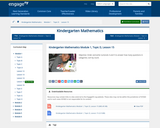
In this lesson, students order and write numerals 4 and 5 to answer how many questions in categories; sort by count.
- Subject:
- Mathematics
- Material Type:
- Lesson Plan
- Provider:
- EngageNY
- Author:
- Engage NY
- Date Added:
- 04/23/2019

In this lesson, students order and write numerals 4 and 5 to answer how many questions in categories; sort by count.
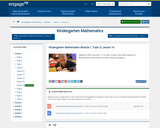
In this lesson, students write numerals 1–5 in order. Answer and make drawings of decompositions with totals of 4 and 5 without equations.
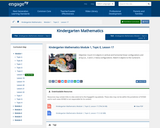
In this lesson, students count 4–6 objects in vertical and horizontal linear configurations and array (i.e., 3 and 3, 3 twos) configurations. Match 6 objects to the numeral 6.
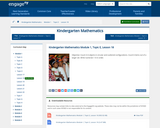
In this lesson, students count 4–6 objects in circular and scattered configurations, count 6 items out of a larger set and write numerals 1–6 in order.
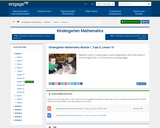
In this lesson, students count 5-7 linking cubes in linear configurations, match with numeral 7, and count on fingers from 1 to 7 and connect to 5-group images.
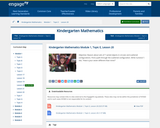
In this lesson, students reason about sets of 7 varied objects in circular and scattered configurations. They find a path through the scattered configuration and write numeral 7 and ask, "How is your seven different than mine?"

In this lesson, students compare counts of 8 in linear and array configurations and match with numeral 8.
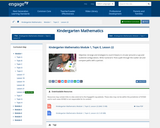
In this lesson, students arrange and strategize to count 8 beans in circular (around a cup) and scattered configurations. They write numeral 8, find a path through the scatter set and compare paths with a partner.
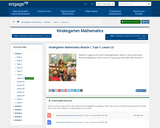
In this lesson, students organize and count 9 varied geometric objects in linear and array (3 threes) configurations. They place counts on 5-group dot mat and match with numeral 9.
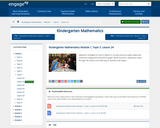
In this lesson, students strategize to count 9 objects in circular (around a paper plate) and scattered configurations printed on paper. Write numeral 9. Represent a path through the scatter count with pencil. Number each object.
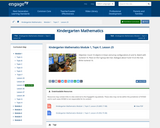
In this lesson, students count 10 objects in linear and array configurations (5 and 5). Match with numeral 10. Place on the 5-group dot mat. Dialogue about 9 and 10 on the mat. Write numeral 10.
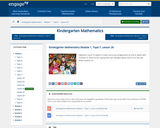
In this lesson, students count 10 objects in linear and array configurations (5 and 5). Match with numeral 10. Place on the 5-group dot mat. Dialogue about 9 and 10 on the mat. Write numeral 10.
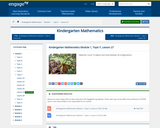
In this lesson, students count 10 objects and move between all configurations.
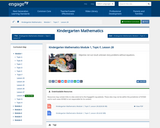
In this lesson, students act out result unknown story problems without equations.
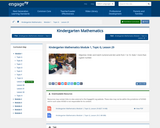
In this lesson, students order and match numeral and dot cards from 1 to 10 and state 1 more than a given number.
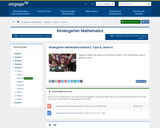
In this lesson, students model with objects and represent numbers 10 to 20 with place value or Hide Zero cards.
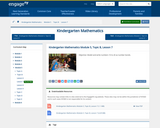
In this lesson, students model and write numbers 10 to 20 as number bonds.
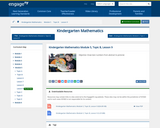
In this lesson, students draw teen numbers from abstract to pictorial.
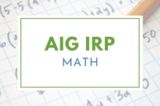
Students will work with partners to put chips into a bag of a certain number between 11 and 30. The chips will be a different color on each side. Once the chips fall out of the bag the student will see different combinations that make the same number. They will record 4 combinations for each number. This lesson was developed by NCDPI as part of the Academically and/or Intellectually Gifted Instructional Resources Project. This lesson plan has been vetted at the state level for standards alignment, AIG focus, and content accuracy.
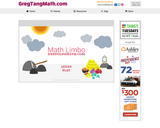
In this interactive resource, students subitize objects to find two numbers, and then use simple addition to find and match the number represented numerically.